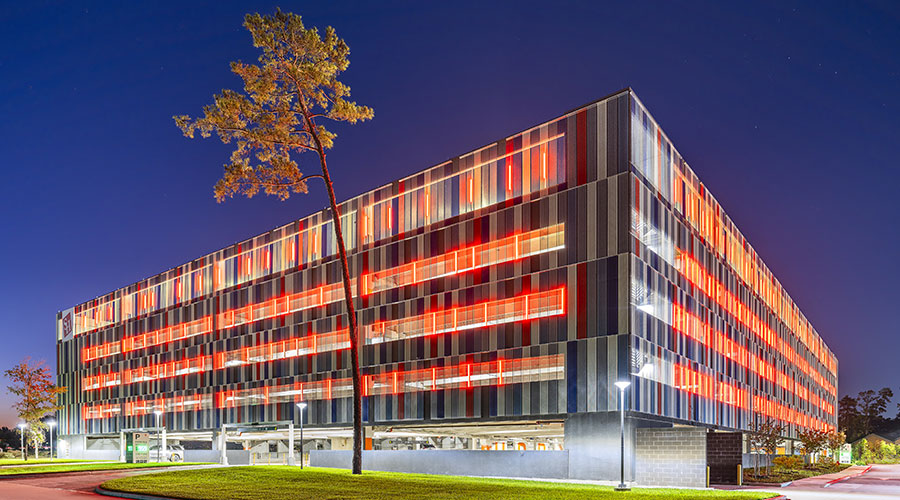How to Create a Lighting Control Narrative
However, it's important to point out that it's not unusual to find that the owner hasn't drawn up an owners' project requirement. When that's the case, McKay says she and her team will try to develop one by interviewing the owner, and obtaining input on the use of the space, how it will be maintained and how often the lighting will change, among other subjects. Based on this, they'll create what McKay calls a Lighting Control Intent Narrative. It is submitted to the owner for approval, and then evolves through the design phases. It also is included within the contract documents, as part of the lighting control specifications.
Several parties may contribute to the creation of the LCN, Sanders says. In many projects, an electrical engineer handles a number of responsibilities, such as designing and documenting the lighting controls. Their expertise also typically is required when designing the egress and emergency lighting systems. Lighting designers tend to get involved as the lighting projects become larger and more complicated. The lighting controls manufacturer should be involved in the design phase to verify that the system will operate as designed.
The facility manager's role is to review the document and add comments or clarifications as needed. In addition, potential users of the space should be involved in developing the narrative, McKay says.
Any design that uses a networked lighting control system should also include an IT expert in the creation of the LCN. This person will help determine whether the lighting controls should be on the same network as the computers, or on a separate network dedicated to lighting, Sanders says.
While individuals from a number of disciplines may be involved in creating the LCN, the lighting control system designer, who might be a lighting designer, an electrical engineer or another consultant, often oversees the project, DiLouie says. This person may incorporate input from the facility manager and others involved in the project, as appropriate. In addition, the designer often assumes responsibility for keeping the LCN updated throughout the project, and then turning it over to the facility manager once the project is complete and accepted.
Although the benefits of developing and using an LCN are compelling, creating these documents hasn't yet become standard practice. To be sure, skipping this step in a project may seem like a time-saver. However, without a master plan to refer to, everyone from the electrical engineer to the contractors can end up making different assumptions about the owner's requirements and the best way to meet them. This can lead a project to shift from its original intent. "That simple disconnect can really screw things up," DiLouie says.
For starters, those involved in the project may feel that their efforts came up short. The building occupants are likely to be dissatisfied if the lights don't work as they would like. The facility manager may be unhappy if the final result doesn't reflect his or her wishes. What's more, the facility manager can end up paying for expensive equipment that, because it doesn't fit the intent and hasn't been tested for problems, becomes nothing more than "junk in the wall," DiLouie says.
Heading for Mainstream
Fortunately, the use of LCNs is starting to enter the mainstream as greater numbers of buildings are built according to LEED specifications, DiLouie says. LEED requires commissioning, and in order to properly commission a project, it's necessary to know against what criteria a system is being tested. That information should be included in an LCN.
Of course, the LCN, like any reference document, provides value only if it's used, McKay says.
"It doesn't help unless the players actually read it," she says. It's not unheard of for the narrative to be lost or ignored, in spite of the lighting designer's efforts to ensure that the other project members refer to the document, she adds.
"Most lighting control systems are installed for between 10 and 30 years," Mor says. Given the long life-cycle of lighting controls, it makes sense for the project team to do all they can to select, install and maintain the system that's most appropriate for the facility. The LCN is one tool to ensure that happens.
Karen Kroll, a contributing editor for Building Operating Management, is a freelance writer who has written extensively about real estate and facility issues.
Related Topics:














